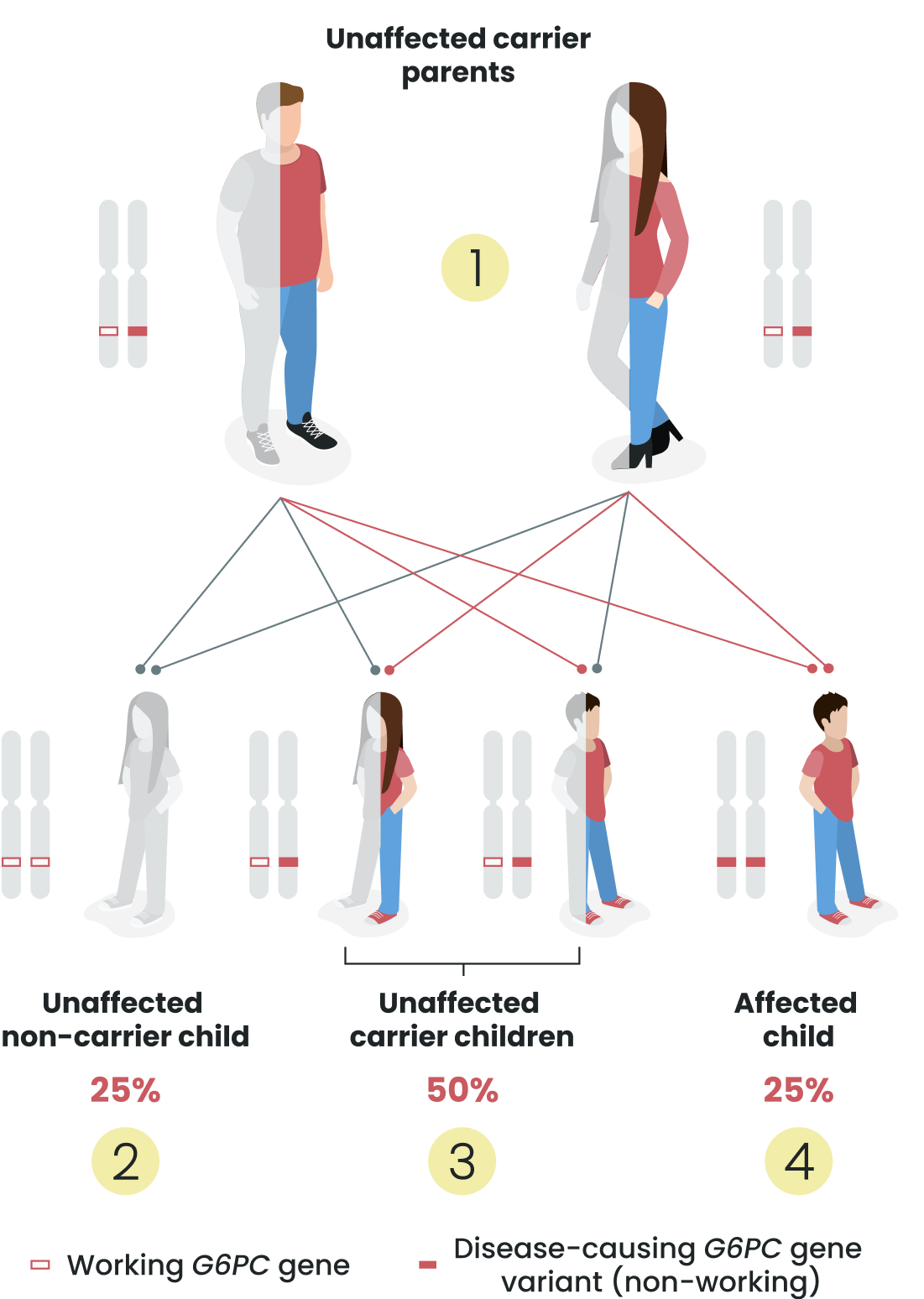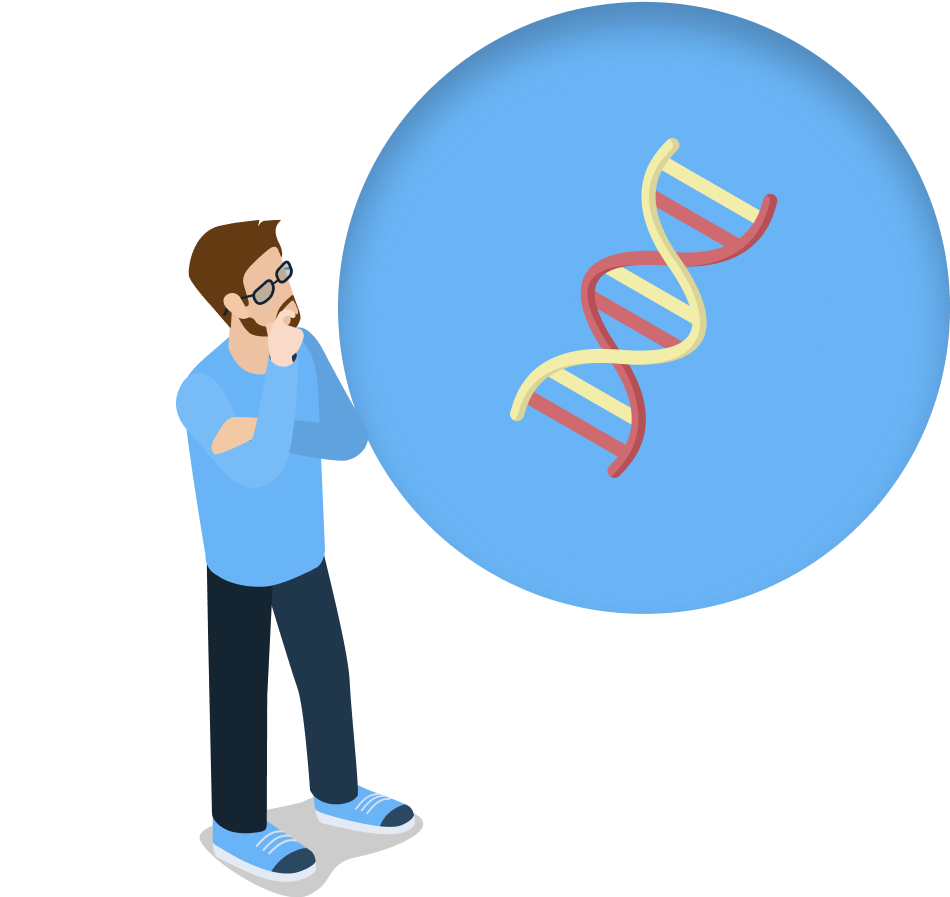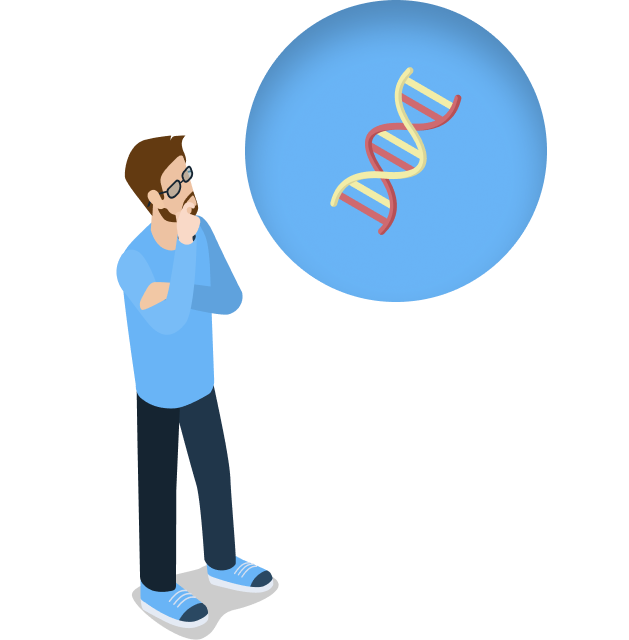This website uses cookies to provide you with a more responsive and personalized service. By clicking “Accept,” you agree to the use of cookies on this website. Please read our Cookie Policy and Privacy Policy for more information on the use of cookies on this website.
GlycogenGlycogen is a form of glucose that is stored in the body and broken down to be used for energy when it’s needed. storage disease type Ia (GSDIa) is a rare genetic metabolicMetabolic refers to anything related to the chemical changes that take place inside of cells when the body creates energy or other building blocks of life. disease that affects how the body stores and uses glucoseGlucose is the sugar that the body uses for energy. for energy. GSDIa primarily affects the liver, kidneys, and intestines, and disrupts the body’s ability to maintain stable levels of blood glucose. This can potentially lead to life-threatening hypoglycemiaHypoglycemia is a condition that occurs when there is too little glucose in the bloodstream. and a range of other complications.
Understand Glycogen Storage Diseases (GSDs)
GSDs are a group of rare genetic diseases caused by enzymeAn enzyme is a protein in your body that helps to speed up chemical reactions and is essential to keep them working properly. deficiencies that affect how the body stores and uses glycogen, as well as the body’s ability to regulate glucose levels.
When the body needs to store extra glucose, such as after a meal, it converts it into glycogen.
When the body needs to use the stored glucose, such as during times of activity or fasting, it breaks down glycogen into glucose.
GSDIa Is One of the Most Common and Severe Types of GSD
GSDIa is caused by variantsGene variants are changes in the DNA that makes up an individual’s genetic code. While most gene variants have no negative effects, some can lead to the development of diseases. in the G6PC gene. These variants result in a malfunction in the enzyme that is involved in both breaking down glycogen into glucose and the creation of new glucose. When the body is unable to break down glycogen, it builds up in the body. And when glucose can’t be released into the bloodstream, hypoglycemia and other serious complications can happen.
~1 in 100,000
people are born with GSDIGlyocogen storage disease type I (GSDI): There are 2 forms of GSDI—GSD type Ia and GSD type Ib. Each form affects the body’s ability to produce glucose, but is caused by different genetic variants.
80%
of people with GSDI have GSDIa

All About Sugar
Everything you eat or drink can affect your blood glucose levels.
Sugars such as those found in desserts and the sugars found
naturally in foods such as fruits, vegetables, dairy, and
grains all impact your blood glucose levels. For GSDIa, limiting metabolic
fluctuations requires an individualized approach to management.
Spot the Possible Signs and Symptoms of GSDIa
Hypoglycemia is often one of the first noticeable signs of GSDIa, usually appearing
around 3 to 6 months after birth. This may be around the time that feedings for infants become more spaced
out, when they start sleeping through the night, or if they have an illness lasting several days.
Hypoglycemia can cause feeding difficulties, irritability, and seizures. In severe cases, it may cause death.
Common signs of GSDIa in children include:
Hypoglycemia
Distended abdomen
Doll-like appearance
(round face, full cheeks)
Developmental delays
Diagnosing GSDIa
GSDIa is usually diagnosed in infancy or early childhood, once signs become apparent. Diagnosis
is typically confirmed by a test of the G6PC gene.
Because GSDIa is rare
and not currently included in newborn screening, diagnostic delays can occur, and confirmatory
testing only happens when the disease is suspected. Additionally, signs and symptoms of GSDIa
may not be the same for every individual, which can lead to challenges in diagnosing the
disease properly.
Early diagnosis and management are crucial to help stabilize blood glucose and reduce the risk of long-term complications.
Recognize the Inheritance Pattern of GSDIa
GSDIa is an autosomal recessive disease, meaning it is inherited from one’s parents.

For a child to have GSDIa, both parents must carry one copy of a disease-causing variant in the G6PC gene and one working copy of the gene. Each parent must then pass a copy of the non-working gene to the affected child.
- Parents who are carriers typically do not have any signs or symptoms of GSDIa
There is a 25% chance a child will inherit both working copies of the G6PC gene and will not have GSDIa.
There is a 50% chance a child will be a carrier, meaning they will carry one working copy of the gene and one disease-causing variant copy of the gene like their parents.
Each child has a 25% chance of being born with GSDIa, which means both copies of their G6PC gene are non-working (or disease-causing) variants.

